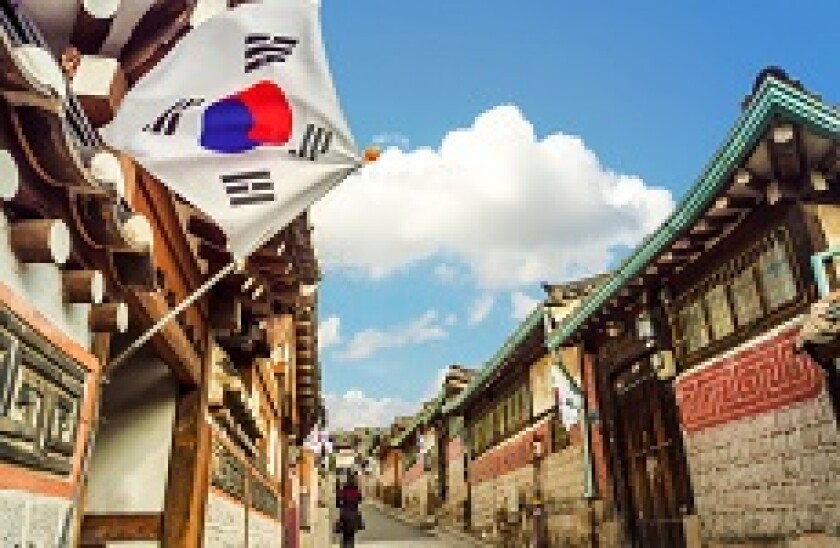Just three subordinated Korean insurance capital bonds have been sold since Kyobo Life Insurance Co opened the market in 2017. But the pipeline is robust. Korea’s insurance firms are facing changing regulations as the country prepares to adopt new international accounting standards. The International Financial Reporting Standards (IFRS 17), which come into effect in 2021, will include stricter rules requiring firms to keep higher capital reserves.
With these regulations looming, it’s no surprise that Korean insurers have been forced to supplement their usual domestic bond issuance with international deals.
But as Hanwha General found, completing these transactions is far from certain, after its attempt at a dollar tier two outing was foiled at the end of last week.
Admittedly, market conditions are not great, with volatility making it difficult for high yield issuers to push out bonds. Generally, the blame for failed deals has been laid on credit-specific problems, rather than larger fundamental issues with the market. For instance, Chinese state-owned company Tewoo Group Co pulled its proposed two year bond early last week, after investors expressed concern about the financials of the firm’s home municipality of Tianjin.
It was a different story with Hanwha General however, whose trade looked perfect on paper. The Korean company is rated A by S&P and Fitch, and is from a country considered a safe haven during times of emerging market turmoil. Hanwha General may be new to the offshore debt market, but it is not unknown to investors. The firm is part of Hanwha Group, one of the largest business conglomerates in Korea. Sister company Hanwha Life Insurance Co sold a subordinated dollar bond in April.
But Korean insurance capital notes are having a tough time with investors. Heungkuk Fire and Marine Insurance Co, for example, failed to sell a tier two bond in June. While Hanwha Life was able to raise $1bn from a hybrid 30 year rolling-in perpetuity non-call five note, the investor reception was tepid. Even in the secondary market, insurance capital notes from Korea have just scraped by. Heungkuk Life Insurance Co’s $500m 4.475% tier two bond, as an example, was trading above 7% on Monday after being sold at par in November 2017.
All this goes to show that investors may need a bit of incentive before they’ll bite. When Hanwha General kicked off its fundraising, the 10 non-call five year bond looked to have about 50bp of premium. While that seems like a hefty concession, borrowers need to take into consideration two key things — that there is still a lack of clarity about fair value for Korean insurance capital because the sector is so new, and that investors are leaning towards products that will compensate them generously in this risk-off market. In addition, the buy-side also knows that more issuance from Korean insurers is on the way, and so want more incentives to buy into trades now.
Likewise, investors need more education as well. Insurance issuers that have succeeded so far conducted roadshows ahead of their trades, with their transactions needing much more than the usual roadshow meetings and calls. Investors will need a lot more hand holding as they wrap their heads around the new structure, related regulations and changing market conditions.
After Kyobo’s debut, Korean insurance debt has proven to be less of a novelty for investors and more of a niche investment. But as borrowers adjust to IFRS 17 and seek funding from the international market, a reality check on pricing and investor education may very well be needed. Only then can the market come into its own.
